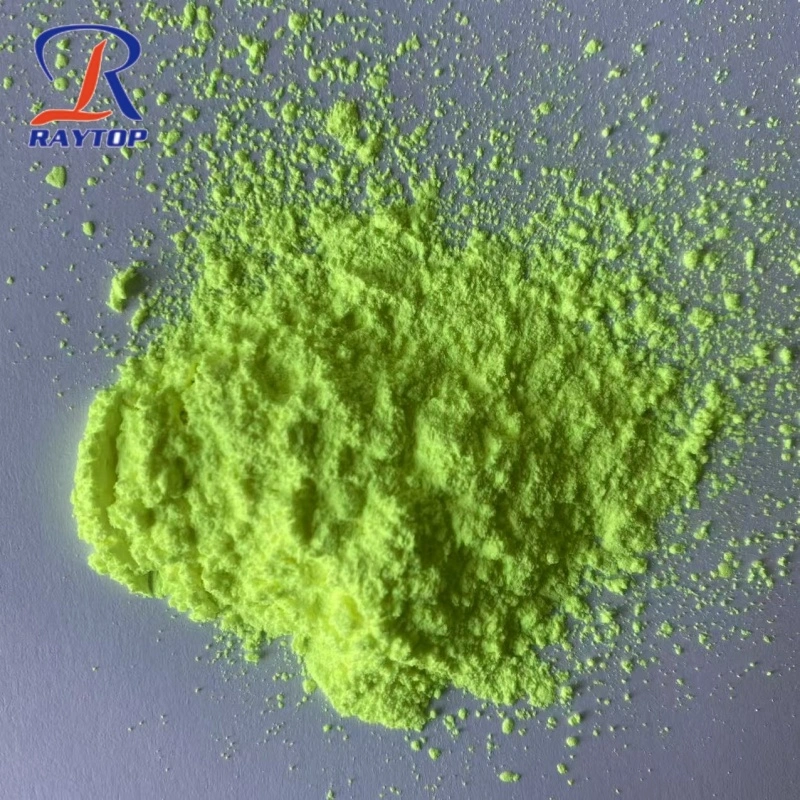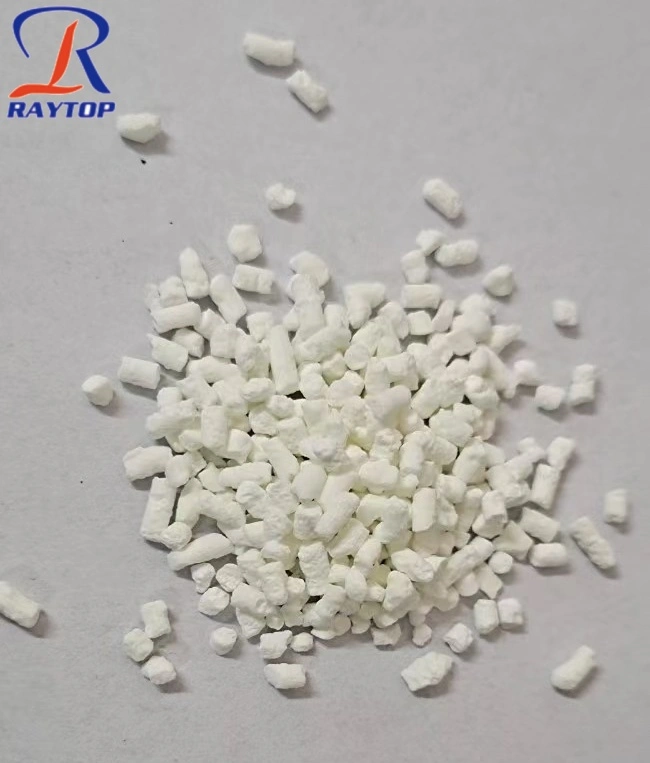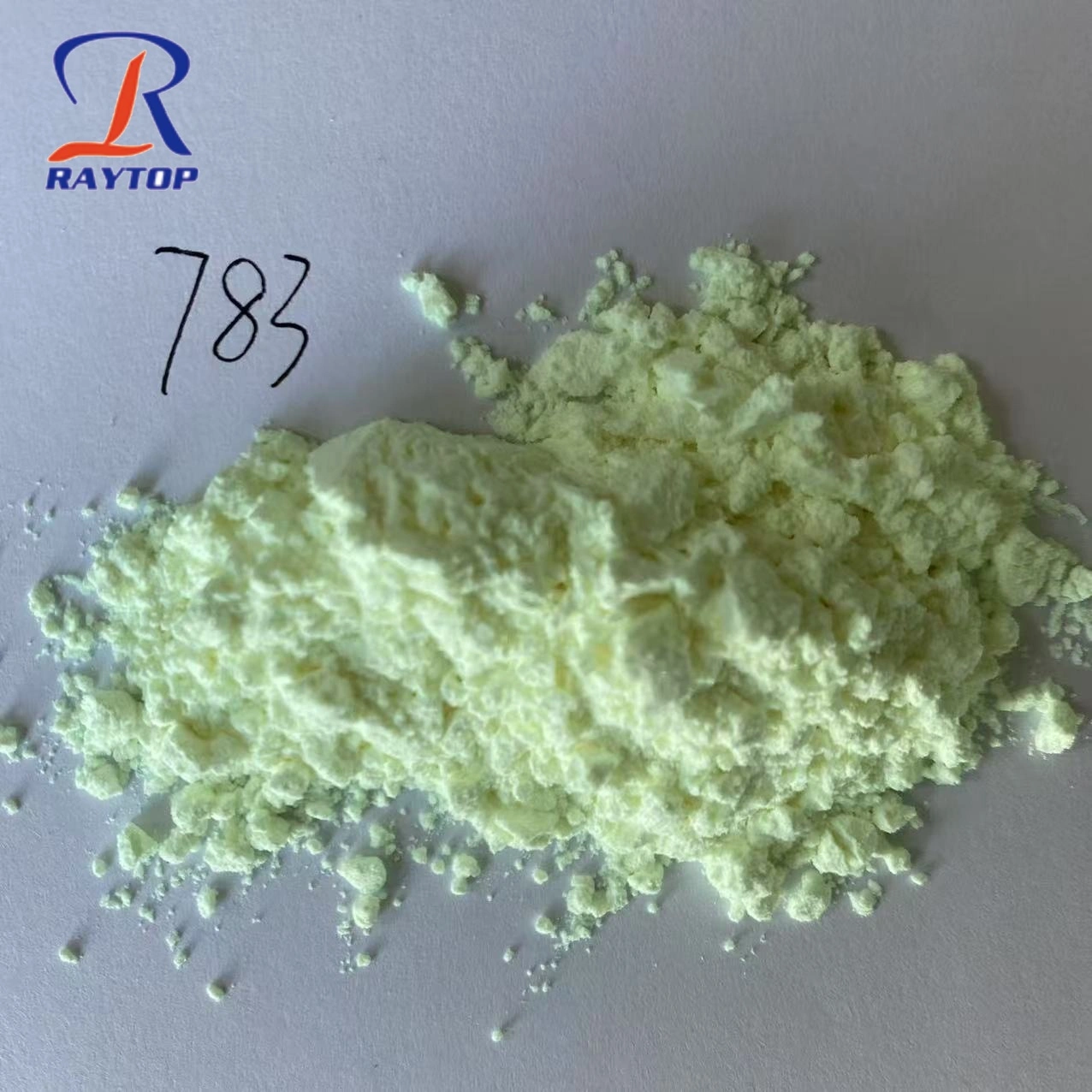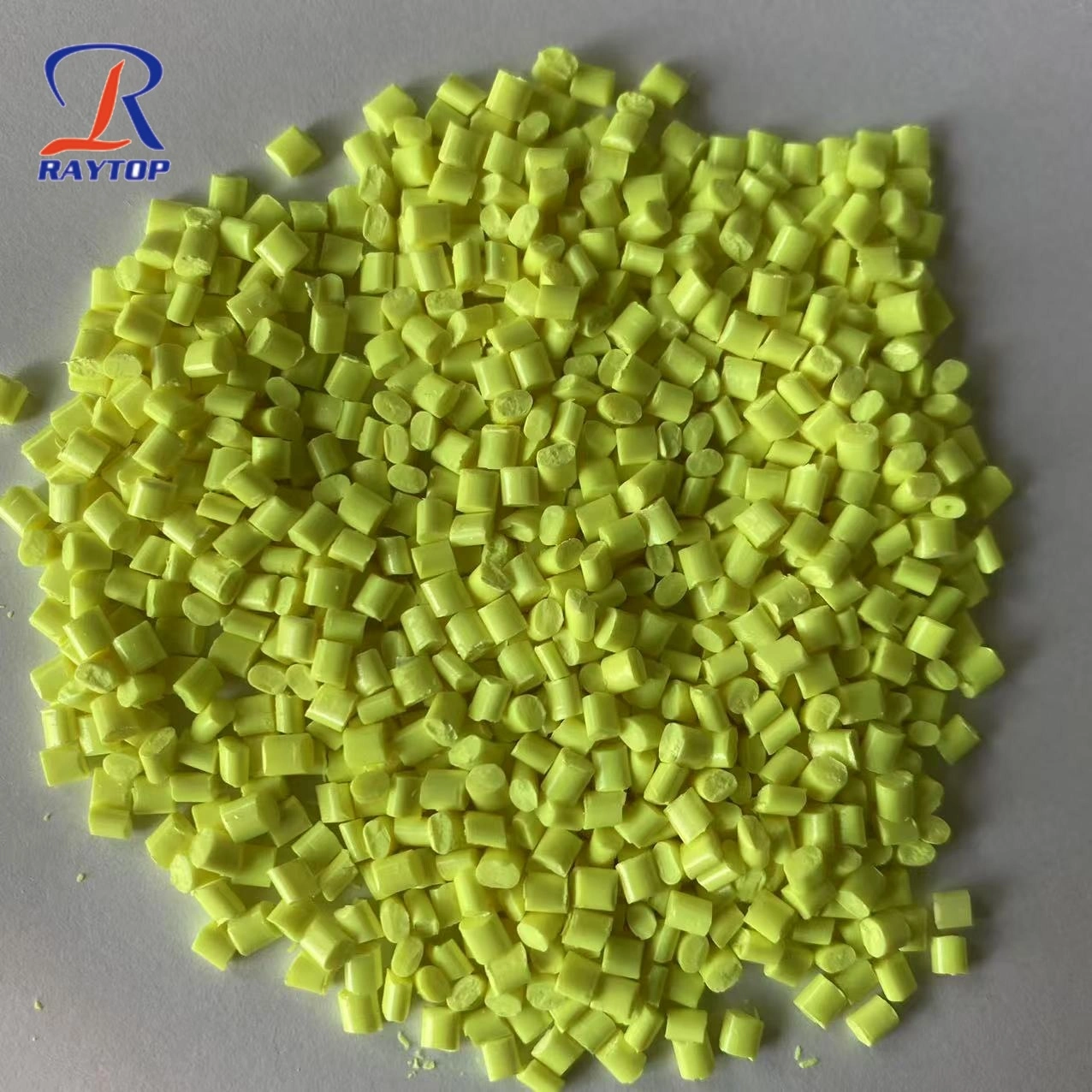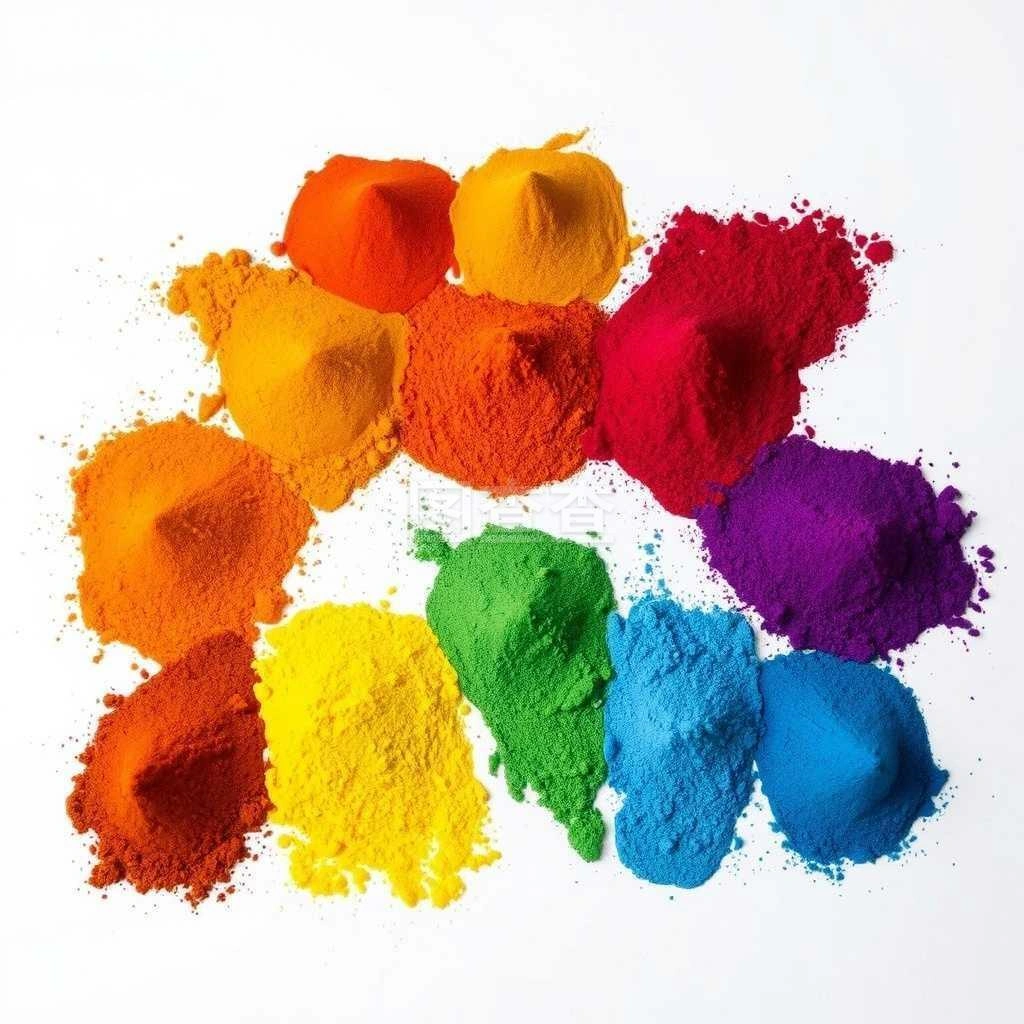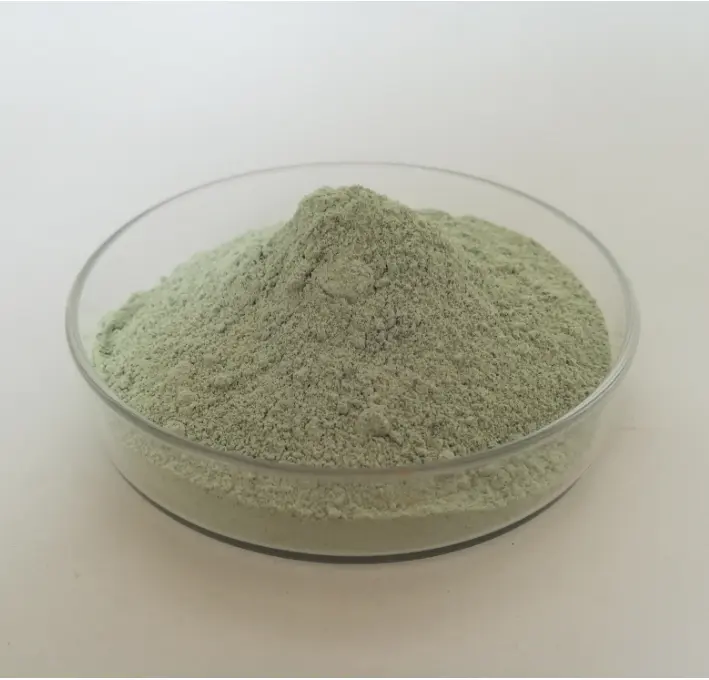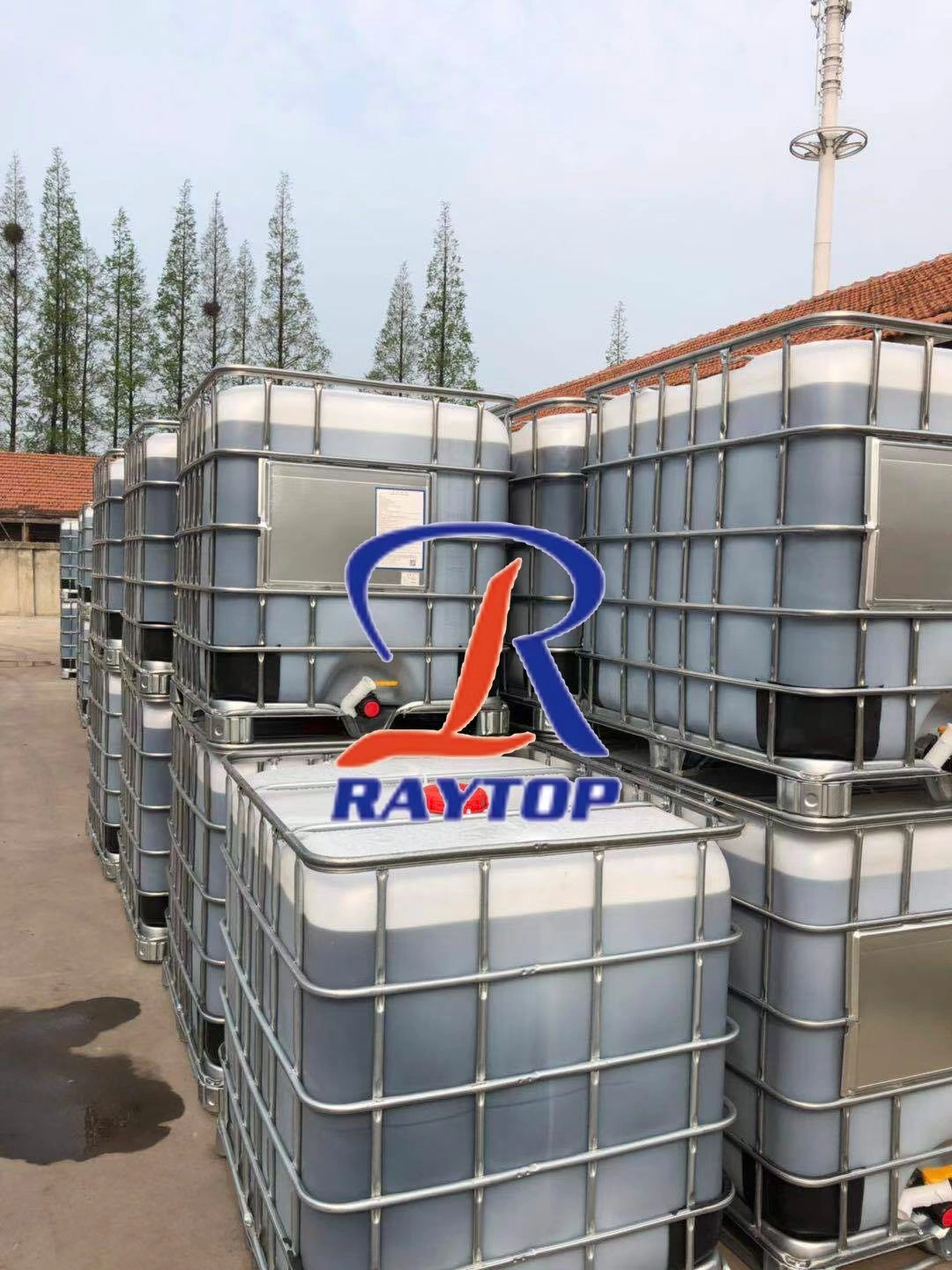Before introducing the masterbatch manufacturing process, first introduce what is masterbatch.
What is masterbatch?
Master batch refers to the granular material prepared by mixing various additives, fillers and a small amount of carrier resin in the plastic processing and molding process for the convenience of operation, and through the measurement, mixing, melting, extrusion, granulation and other processing processes of extruder and other equipment, which is called master batch. The masterbatch is composed of carrier resin, various fillers and various additives. The limit of additives or filler content in masterbatch is several times to more than ten times higher than that in actual plastic products.
According to the basic theory of pigment dispersion, various color masterbatch processing equipment and production processes came into being to solve the wetting, dispersion and dispersion stability of pigments. Its goal is high quality, high output, low energy consumption and low cost. In summary, there are many processing technologies, mainly dry production technology and wet production technology.

Two masterbatch manufacturing processes
The dry production process uses additives to treat the pigment surface, and uses the viscosity of resin melt to shear, disperse and stabilize the pigment. At present, the typical processing technologies are high-speed mixer, twin-screw extruder and internal mixer.
The wet production process uses the medium (solvent and water) and mechanical force to disperse the pigment superfine and wet the surface. Based on the lipophilic characteristics of pigments, the pigments were transformed into dispersant phase and stabilized by phase transformation technology.
There are four methods for the Masterbatch manufacturing process
Ink method: as the name suggests, it is the production method of ink paste in the production of Color Masterbatch, that is, a low molecular protective layer is coated on the pigment surface through three roll grinding. The ground fine color slurry is mixed with the carrier resin, then plasticized by a two roll plasticizer (also known as a two roll open mixer), and finally granulated by a single screw or twin-screw extruder.
Washing method: the pigment, water and dispersant are sanded to make the pigment particles less than 1 μ m. The pigment was transferred into oil phase by phase transfer method, and then dried to obtain color masterbatch. Organic solvents and corresponding solvent recovery devices are required for phase conversion.
Kneading method: after mixing the pigment with the oily carrier, the pigment is washed from the aqueous phase into the oil phase by kneading. At the same time, the surface of the pigment is coated by an oily carrier to disperse and stabilize the pigment and prevent the pigment from condensing.
Metal soap method: the particle size of pigment after grinding reaches 1 μ M, and add the soap solution at a certain temperature to make the surface layer of each pigment particle evenly wetted by the soap solution to form a layer of saponification solution. When the metal salt solution is added, it reacts with the saponification layer on the pigment surface to form a protective layer of metal soap (magnesium stearate), so that the ground pigment particles will not cause flocculation and protect a certain fineness.
Manufacturing process flow of Masterbatch
The manufacturing process of masterbatch is very strict, and the wet process is generally adopted. The masterbatch is made by water phase grinding, phase transformation, water washing, drying and granulation. Only in this way can the product quality be guaranteed.
In addition, while grinding the pigment, a series of tests shall also be carried out, such as measuring the fineness of sanding slurry, measuring the diffusion performance of sanding slurry, measuring the solid content of sanding slurry and measuring the fineness of color slurry.
Masterbatch manufacturing process, masterbatch is a necessary colorant in plastic products, and the principle of masterbatch granulator is to make the application of masterbatch in plastic products changeable through the complex structure inside plastic, so as to make the gravitational interaction between molecules become strong and tough plastics. The production process of masterbatch is very strict, and the wet process is generally adopted. The screw of masterbatch granulator adopts the building block principle.
According to the requirements of processing material system and process formula, the length diameter ratio, machine structure, screw arrangement, screen change structure, exhaust quantity and position, feeding mode, etc. can be optimized and reasonably configured.
The masterbatch manufacturing process can be divided into 7 steps
Step 1. Weighing: toner, carrier, lubricant, dispersant and other additives shall be weighed according to the weight required by the process. The higher the accuracy, the better.
Step 2. Mixing: put the weighed additives into the high-speed mixer in order according to the process flow.
Step 3. Extruder: set it according to the carrier temperature of masterbatch, and start it after holding for a certain time, from slow to fast.
Step 4. Brace: after the die is discharged, move the strip to the pelletizer at a constant speed, and pass through the dryer or suction dryer halfway.
Step 5. Cutting and pulling: when the strip reaches the feed inlet of the pelletizer, slowly increase the speed of the pelletizer.
Step 6. Packaging: packaging according to customer needs.
Step 7. Subsequent adjustment: adjust the speed to the normal production speed in turn after the whole set of equipment operates normally for one week.
In addition, while grinding the pigment, a series of tests shall also be carried out, such as measuring the fineness of sanding slurry, measuring the diffusion performance of sanding slurry, measuring the solid content of sanding slurry and measuring the fineness of color slurry.
The above is the masterbatch production process.
Polyethylene melt index 50 is a high melt index and high fluidity polyethylene, which is very suitable for the production of functional masterbatch such as masterbatch, filling masterbatch, antioxidant masterbatch, longevity masterbatch, flame retardant masterbatch, antibacterial masterbatch and so on; Suitable for producing plastic flowers, plastic grass, simulated turf and simulated plants; Suitable for the production of plastic dipping powder and powder coating; Suitable for injection molding of small objects; Suitable for plastic modified substrate; It can also be used for surface coating and sole foaming; Some customers add it to the return material during film blowing to improve the fluidity of the return material and increase the gloss of the film!
Pure high pressure polyethylene (LDPE), melt index up to 50, no ash!!! Not recycled material, and long-term stable supply! If you are producing masterbatch or injection molding and coating, the cost performance is very high!
545.jpg)
